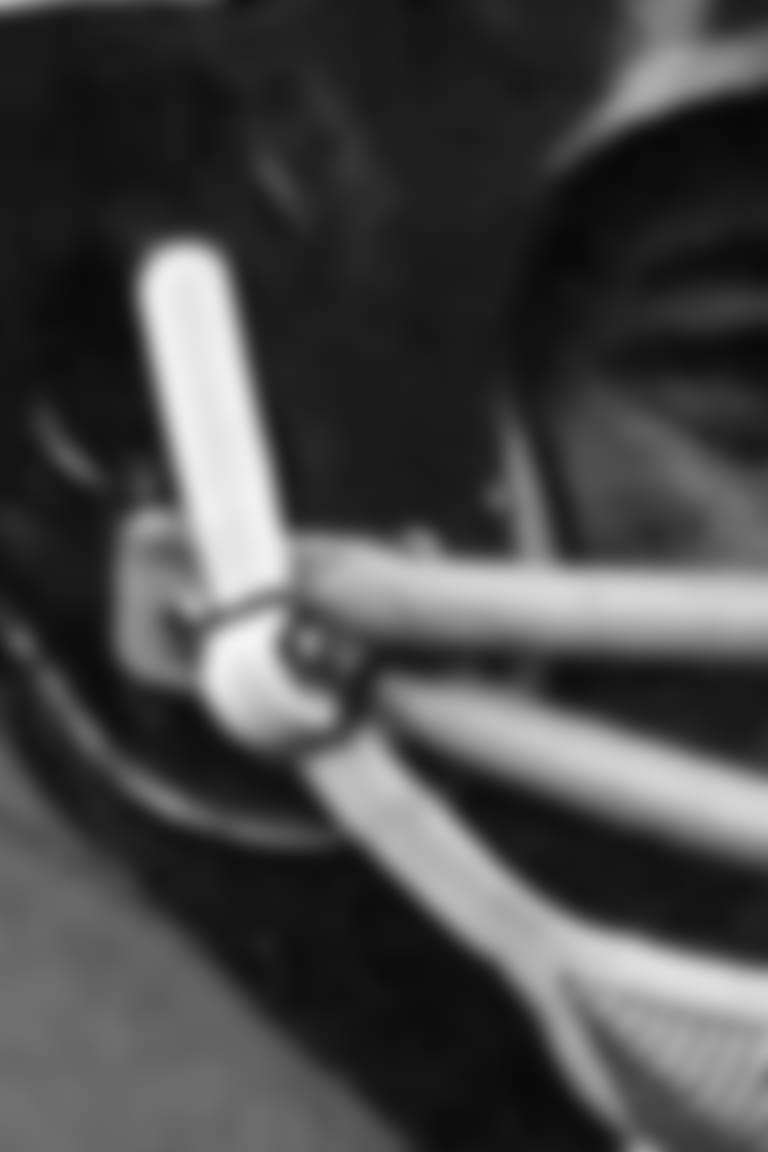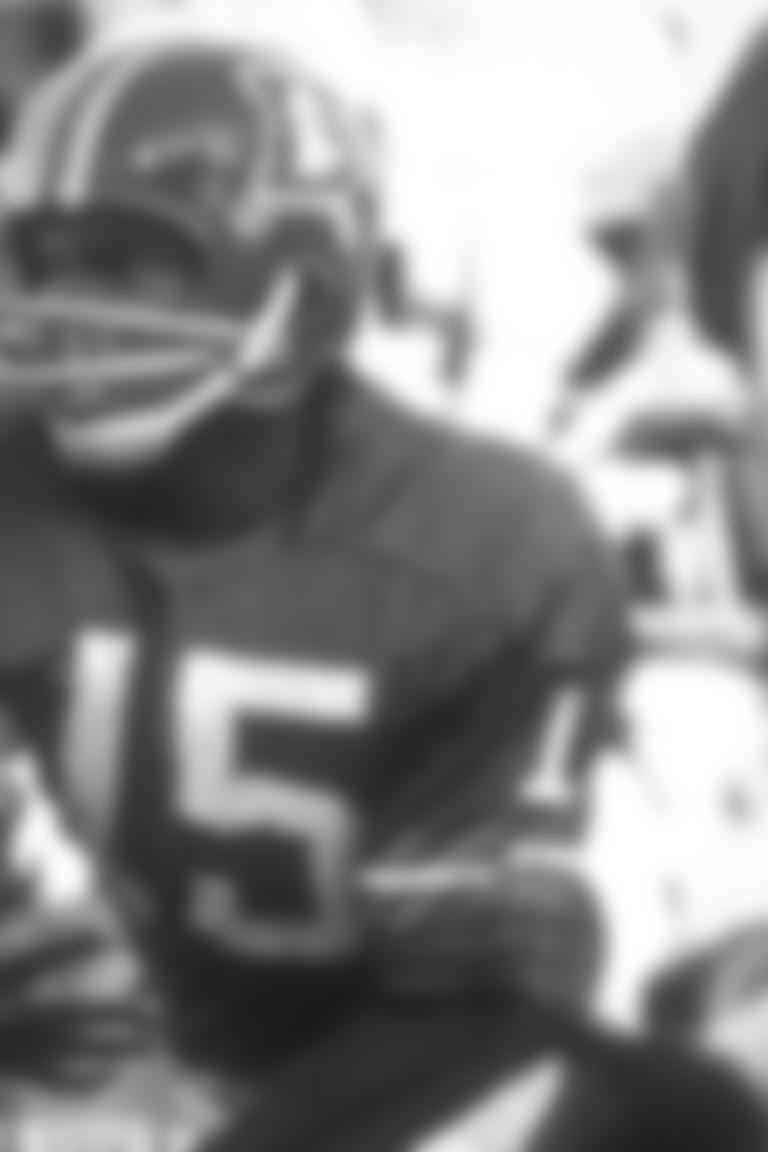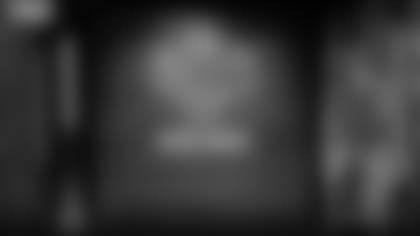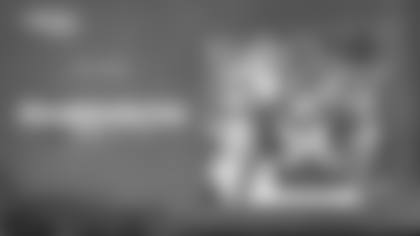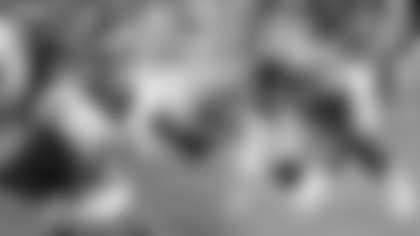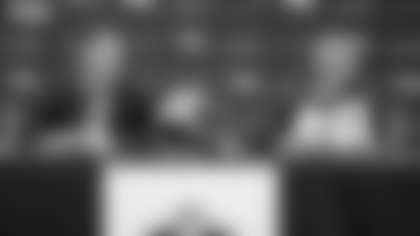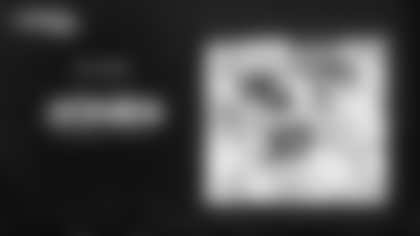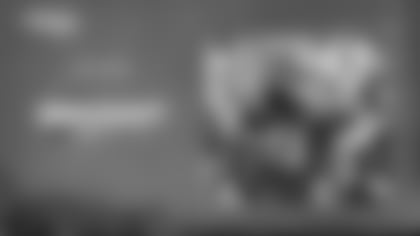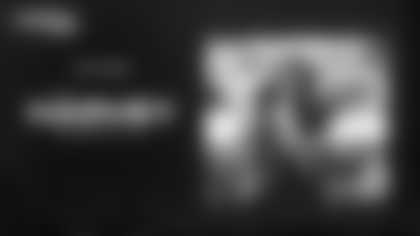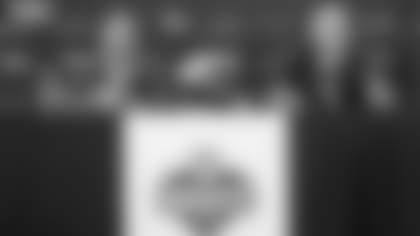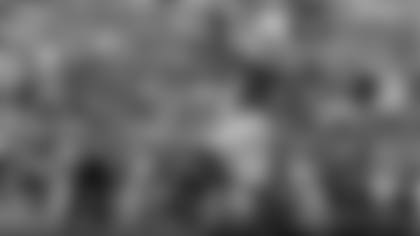In 1968, a small quarterback from Omaha, Nebraska, took the field for the Broncos and made history as modern American pro football's first Black starting quarterback. He dazzled and delighted crowds at Mile High, but a year later, he was gone from Denver. As we celebrate Black History Month, we're taking a closer look at the life and legacy of Marlin Briscoe. Today's tale recalls how he put himself in position to make history in spite of the pressure of racist stereotypes.
Note: This is the second story in the series. Part I focused on Briscoe's youth in South Omaha and how he reached the pros.
For some time, Marlin Briscoe appeared destined to play at football's highest levels.
The only question was whether he'd be allowed to do it at quarterback.
At the position, Briscoe had become an NAIA All-American and etched his name atop nearly two dozen school records at Omaha University. Scouts from AFL and NFL teams ventured to eastern Nebraska to get a glimpse of the star quarterback who was also a thrilling scrambler, and they came away impressed.
Just days before the 1968 AFL-NFL common draft, Gil Brandt, now in the Pro Football Hall of Fame for his player evaluation career, was effusive with his praise in a discussion with the World-Herald’s Larry Porter[1].
"Marlin has the greatest quickness of any college quarterback we've ever seen," Brandt said. "… He's as good as any big-time quarterback in college right now and just one heck of a football player."
Dave Smith, a scout for the Saints, was awed even more by Briscoe's arm strength.
"He's got the greatest arm I have ever seen on any quarterback — college or pro," Smith told Porter. "He's the only man I have ever seen who can run to his left and throw the ball right-handed 55 yards through the air with complete accuracy."
Playing quarterback at the pro level was truly his goal, but the idea of being a pioneer at the position made him a bit nervous, too, he told Porter.
"Lately it's scared me," Briscoe admitted. "I'll have to show them that I have mental leadership first. A quarterback's brainpower is respected first … mechanics second."
In that moment of apprehension, Briscoe drilled to the center of the very issue for Black quarterbacks who hoped to continue on in the AFL or NFL. What prevented them from progressing further were not their physical or mental credentials so much as the perception of them. For decades, they could not overcome the stereotypes of racial inferiority and how those assumptions jibed with the intangible qualifications ascribed to quarterbacks.
Over the previous few decades as pro football evolved and became more pass-happy, the quarterback position became the focal point of every offense. Every team's vision of success revolved around having a player like Johnny Unitas, with his extraordinary passing skills, play-calling know-how and talent as a leader.
"The ineffable qualities that made Unitas respected by his teammates became the working definition of 'the right stuff' and were inextricably bound up in future discussions of which qualities a quarterback ought to possess," author William C. Rhoden wrote in his book, Third and a Mile[2]. "… To have an African-American take the position of responsibility — at a time when the nation was still polarized over basic questions of civil rights — was not merely a departure, it was a subversion of much of the conventional wisdom of postwar America."
Racist stereotypes regarding intellectual capacity worked against African-Americans in all of society, and especially so when it came to AFL and NFL teams considering whether to give them the reins for their offense.
"There were a few things that society didn't think a Black man could do, and [three were] think, throw and lead," Briscoe says now. "They didn't know how the fan reaction, manager reaction, player and teammate reaction — they didn't know how that was going to be."
So even as Black quarterbacks were finding success at the collegiate level, pro football's decision-makers balked at nearly every opportunity, at once skeptical of their physical or mental abilities and leery of what fans, players and coaches would think. Instead, they took those stereotypes and tried to retrofit the quarterbacks to other positions they felt better suited them based on race.
That, in short, is why Briscoe began his AFL career as a cornerback instead of a quarterback.




